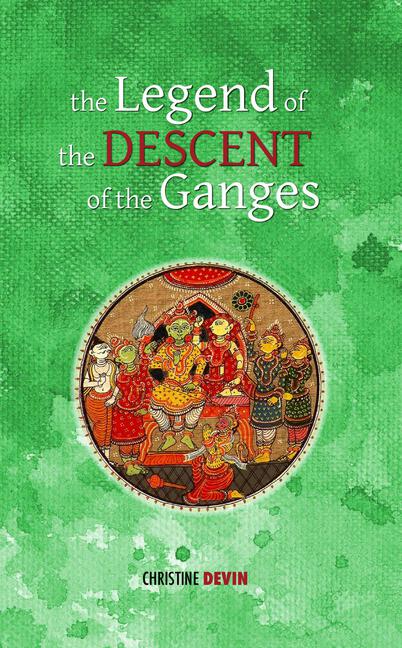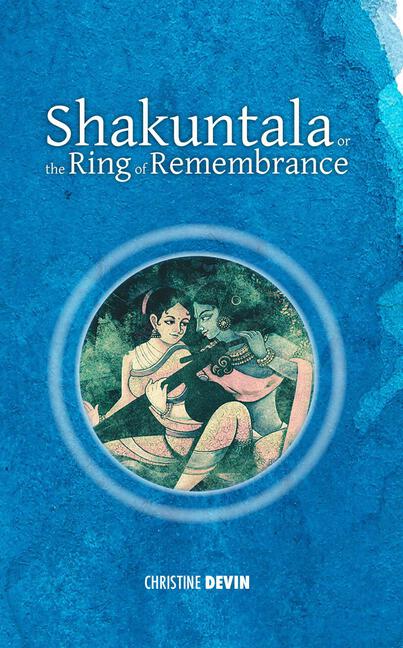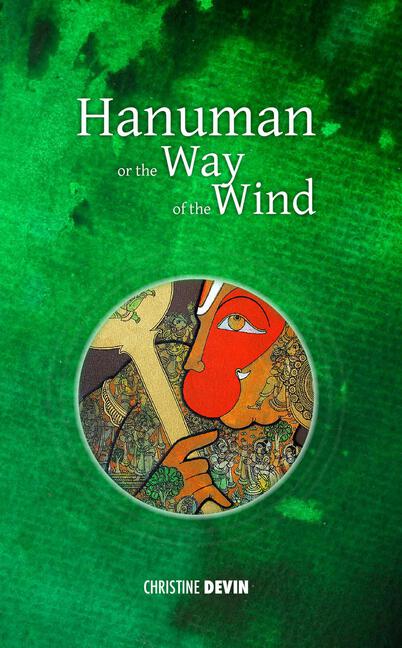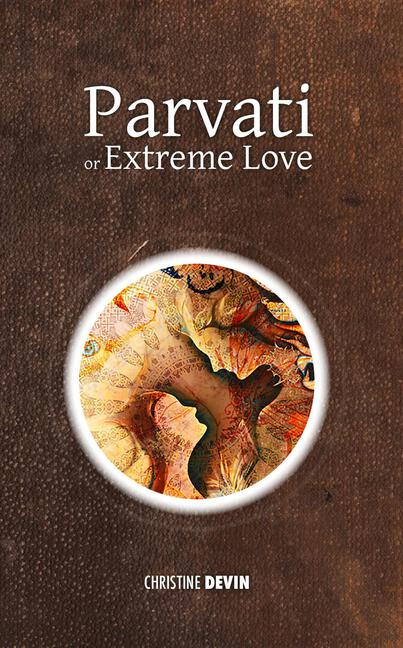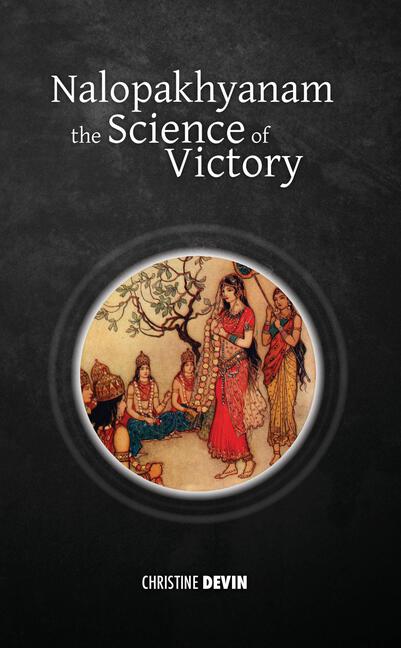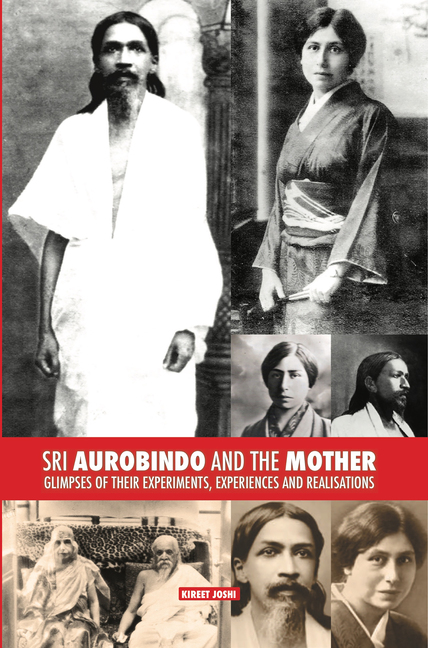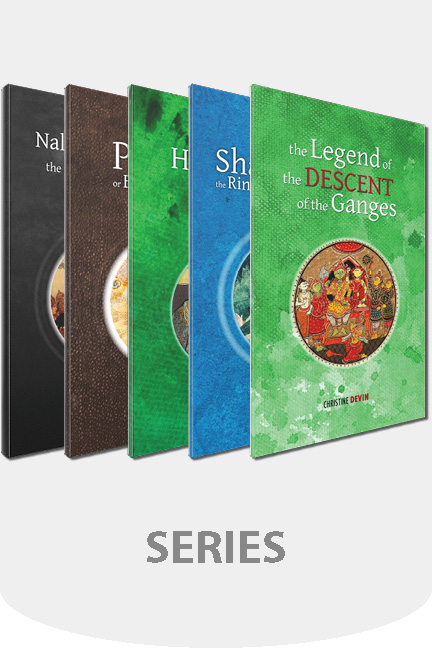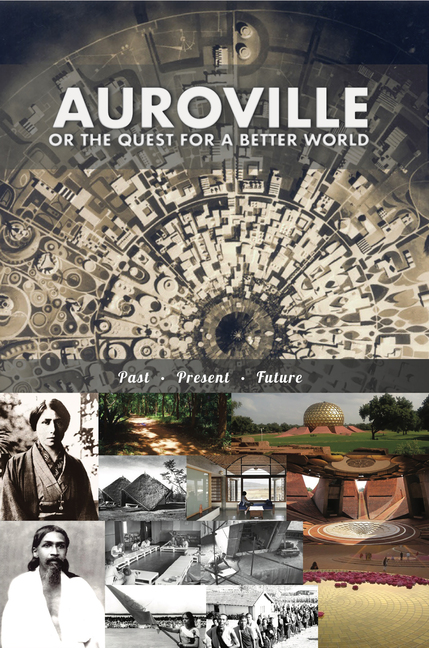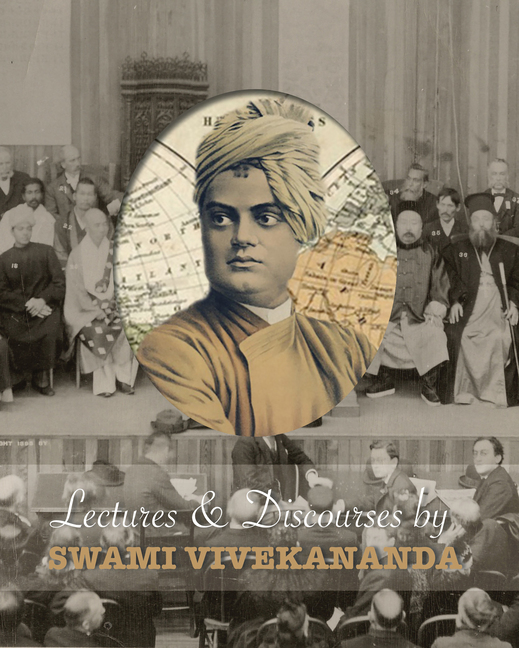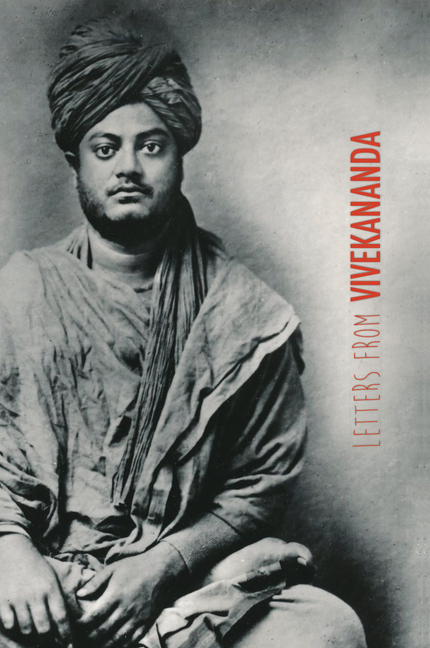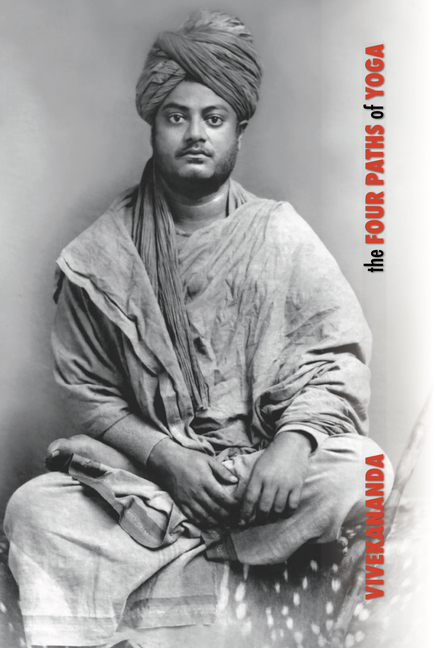01 Mar Tales and Legends of India
This series, Tales and Legends of India, was originally started with the aim of providing the modern reader with a glimpse of the fascinating, but infinitely complex world of Indian sensibility. Today’s mind is at times taken aback by the superimposition of different worlds in the old Indian stories. This characteristic is not the fruit of a labored aestheticism, but is the sign of a mentality that always tries to describe terrestrial life not in outer terms, but in terms of what it hides. It is a mentality that sees the field of human action as always surrounded and influenced by other forces that one could qualify as cosmic in nature. For the Greek spirit the light of the sun is its natural atmosphere, but for the ancient Indian spirit the sun is a golden veil that hides wonders that it desires ardently to possess. Ours is not a scholarly venture but an attempt to suggest through certain stories, told in as living and simple a language as possible, a key to understanding the culture and genius of India.
The Legend of the Descent of the Ganges: In other times Ganga, the daughter of the King of Snows, known for her independent and capricious nature, lived in the celestial regions. This divine river had its source in Vishnu’s big toe and from there flowed forth to water the different Paradises, bestowing on them richness and fertility. To reconcile heaven and earth and inundate with light the most sombre recesses of our earth, cleanse our wounded humanity in the soothing and regenerating waters of redemption, is perhaps one of the oldest dreams of humanity…
Shakuntala or the Ring of Remembrance: The story of Shakuntala, as recounted by Kalidasa, the great Indian poet of the first century BC, is the story of a transformation. Through painful trials two characters grow. Love, born in the paradise of childhood and innocence, is regained, transmuted and magnificently widened, in another paradise that one could call divine. In this regard one should note the parallels of the two journeys of the King. As there are two chariots, a terrestrial and a heavenly one, so there are two journeys: one through the forest that leads the King to a world of marvellous purity, and the other through the regions of the sky that brings him to a universe of light. From the union of the two is born Bharat, “the support of the worlds”, the king who gave his name to India, that is to say Bhârat. All who love India, we would like to imagine, will be charmed by the idea that the origin of this country’s name lies in this story of Shakuntala, that is so suffused with magical light.
Hanuman or the Way of the Wind: Who has not dreamed of overleaping all obstacles? Who, tired of endlessly boxing with a recalcitrant reality has never felt like ending the bout once and for all, the sparring that leaves us reeling and groggy, and with one powerful leap find himself on the other side? Far from the exhausting back-breaking roads, on a path that is light, on the way of the wind. According to Hindu mythology it is Hanuman who can lead us onto this path. Because to fly on the path of the wind one must become the wind, and Hanuman is the prince of the air, “Vayuputra” or the son of Vayu, God of the Wind. And what is the wind if not that which outmaneuvers all hindrances, bypasses obstacles, finds the opening and plunges into it; chooses to caress or strike, has no fixed form yet can take any form, always perfectly filling the space it occupies, always the exact measure of any adversary?
Parvati or Extreme Love: It has been said that it is in the Indian temperament to pursue each search it undertakes to its furthest extreme and to explore its ultimate possibilities. If there is one work that strikingly illustrates the truth of this observation, it is indeed the Kumarasambhava of Kalidasa. We find side by side therein the extremes of renunciation and surrender to pleasure. Only the Indian genius with its innate taste for the pursuit of the most opposite extremes could have produced such a masterpiece. Kumara-sambhava: The Birth of Kumara, such is the title of the poem of Kalidasa, the renowned poet. Its subject is the marriage of Shiva and Parvati, a marriage willed and arranged by the Gods for from their union a son, a warrior god, who will enable the forces of light to triumph, will be born.
Nalopakhyanam: The Science of Victory: This tale whose origin is lost in the mists of time and which we find inserted in the great epic of the poet Vyasa tells us how heroism guided by wisdom allows two beings crushed under the weight of contrary circumstances to emerge victorious from a terrible ordeal. This story that begins and ends like a fairy tale, however, is anything but a story removed from “real life”. Rather, it is presented to us by the poet himself as a story containing some of life’s deepest and most useful truths. Indeed, it is a delightful tale in which sorrows and joys are delicately traced, a tale crossed by great tenderness and immense compassion for the fragility of human beings and for their sufferings. But it is also a parable whose powerful symbols make us see that the circumstances of life are nothing, that conscience is everything…
The Legend of the Descent of the Ganges
To reconcile heaven and earth and inundate with light the most sombre recesses of our eart...
Shakuntala or the Ring of Remembrance
Love, born in the paradise of childhood and innocence, is regained, transmuted and magnifi...
Hanuman or the Way of the Wind
According to Hindu mythology it is Hanuman who can lead us onto this path. Because to fly ...
Parvati or Extreme Love
The Birth of Kumara is about the marriage of Shiva and Parvati, a marriage willed and arra...
Nalopakhyanam: The Science of Victory
This tale whose origin is lost in the mists of time and which we find inserted in the grea...
Sri Aurobindo and the Mother
An account of the inner heart and core of the task that Sri Aurobindo and The Mother place...
Tales and Legends of India
Tales and Legends of India aims to provide the modern reader with a glimpse of the fascina...
Auroville or the Quest for a Better World
Auroville, 1968, an elderly woman who had not left her room for a long time invites young ...
Lectures and Discourses
Over 300 lectures, discourses, conversation and dialogues, interviews as well as lecture n...
Letters From Vivekananda
In this monumental volume, not only can one follow Vivekananda around the world, from Indi...
The Four Paths of Yoga
Vivekananda’s guide to the Spiritual Paths and practitioner’s guide to the four spirit...




